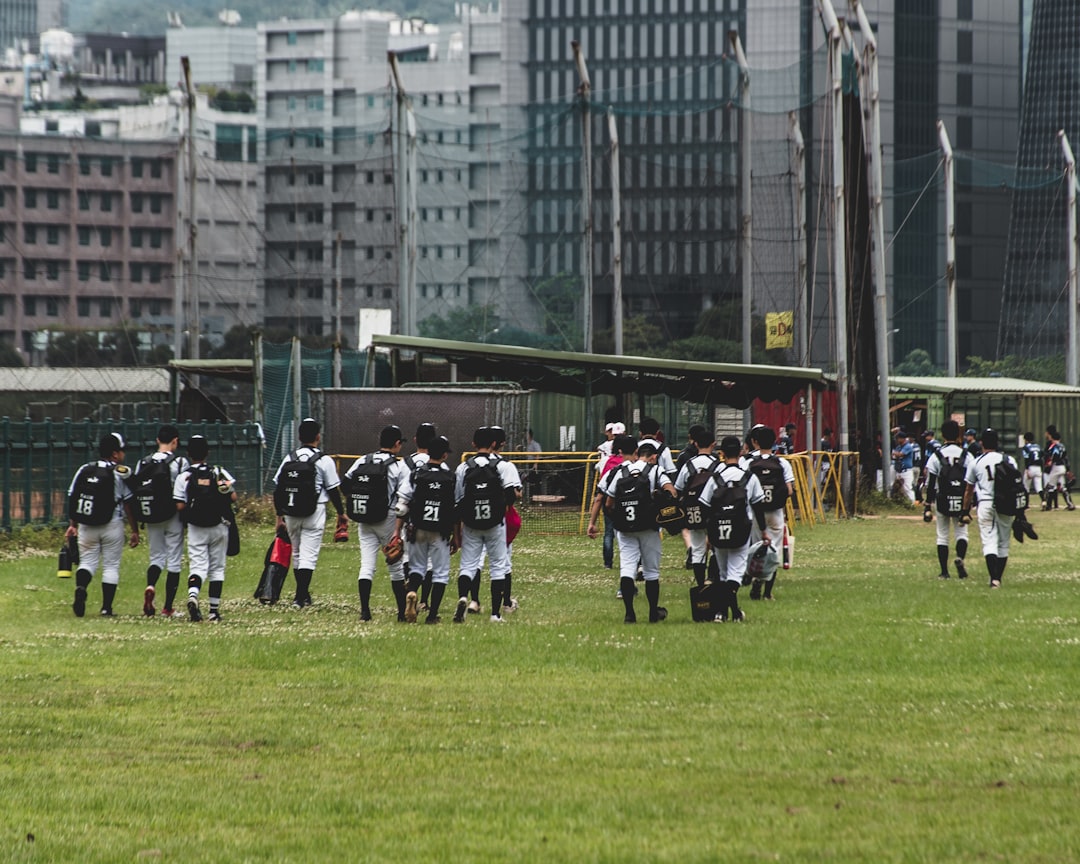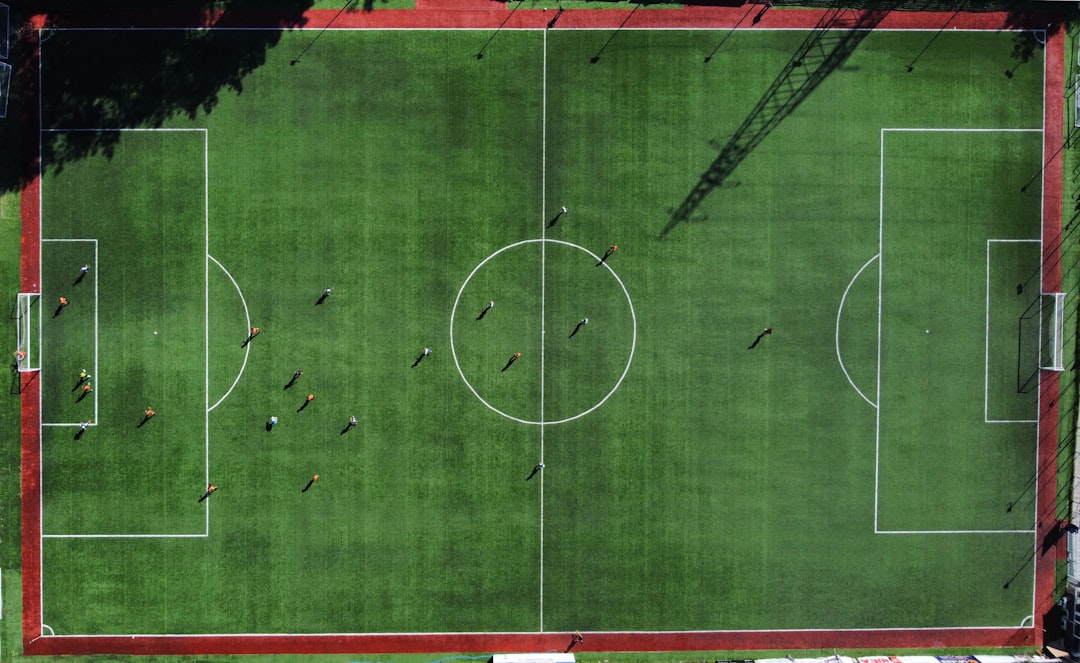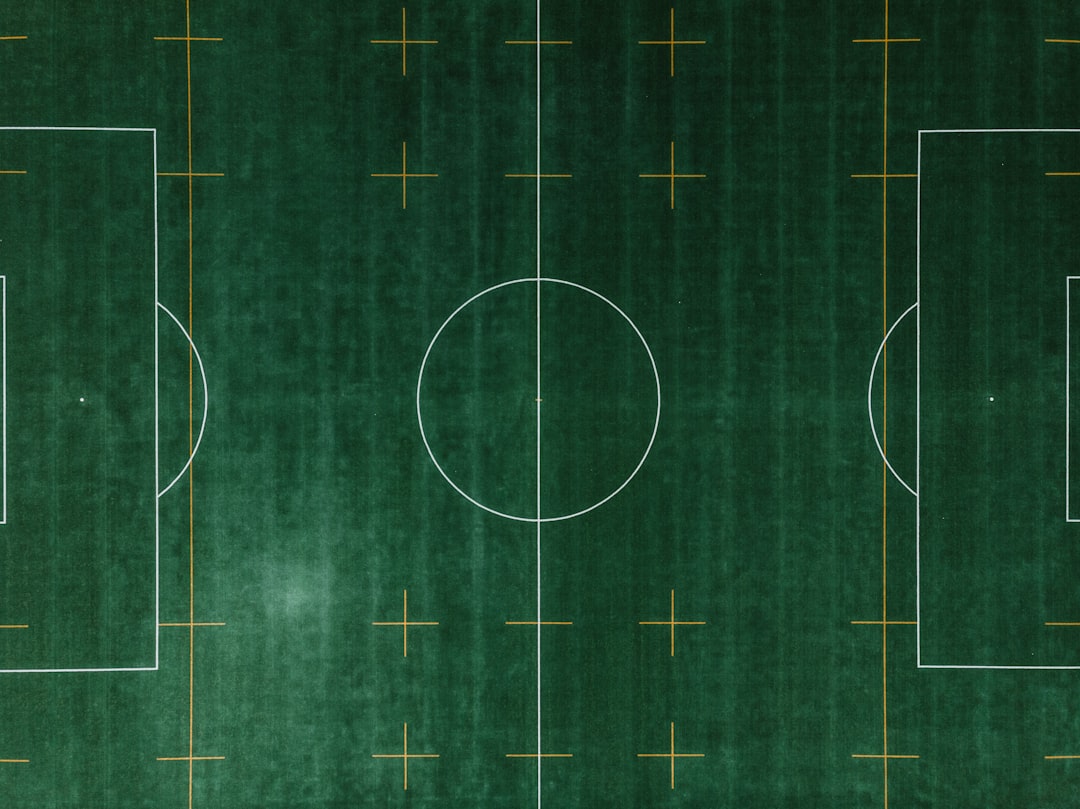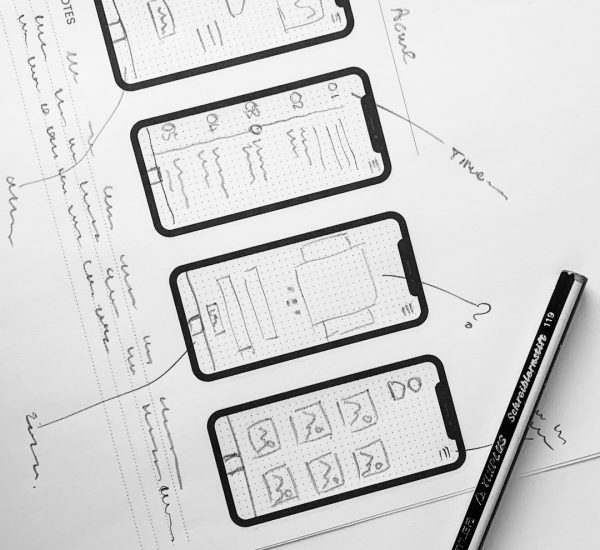In the ever-evolving world of professional football, tactical sophistication and flexible formations have taken center stage in 2025. Managers increasingly prioritize adaptability, not just from game to game but even within matches. Driven by cutting-edge data analytics, physically advanced players, and intelligent positional play, modern football tactics are more complex and nuanced than ever before. This article explores the top formations and tactical systems used by elite teams across Europe and beyond in 2025, shedding light on the strategic trends shaping the future of the game.
1. The 3-2-4-1 Formation — Guardiola’s Trademark Reimagined
Popularized by Pep Guardiola during his tenure at Manchester City and rapidly adopted by other top-level sides, the 3-2-4-1 system continues to dominate elite football in 2025. This formation is defined by:
- Three central defenders, often including a full-back who tucks inside during build-up play.
- Two central midfielders operating as pivot players to dictate tempo and control transitions.
- Four central attacking midfielders or inverted wingers, used to overload zones and engineer numerical superiority in midfield.
- One central forward, who drops deep to facilitate link-up play and press from the front.
This structure creates an asymmetric, highly fluid shape during build-up and possession phases. The use of inverted full-backs and inside forwards allows for great possession control and overloads in key zones of the pitch.

2. High-Pressing 4-2-2-2 — The Red Bull Philosophy
Teams like RB Leipzig and even national sides such as Germany have adopted variations of the 4-2-2-2 system to maximize high pressing. Firmly rooted in the Red Bull tactical DNA, this format facilitates vertical play and aggressive pressure in the attacking third.
Its primary characteristics include:
- Two quick and aggressive central forwards who lead the press and stretch the opposition defense.
- Two attacking midfielders or hybrid wide players who crash the half-spaces and support the press and transitions.
- A double pivot in midfield to stabilize the center and recycle possession quickly.
One of the key innovations in 2025 is the integration of “dynamic pressing triggers”, based on AI-driven opposition analysis, allowing teams to initiate pressing sequences at optimal moments. The system thrives on rhythm and energy and is especially difficult to play against for slower, possession-oriented sides.
3. The Modern 4-3-3 — Still a Tactical Staple
Despite newer tactical innovations, the 4-3-3 formation remains a staple in top-flight football in 2025, albeit with strategic refinements. Clubs such as Liverpool, Real Madrid, and PSG continue to use it as a base formation, tweaked to suit the specific attributes of their players.
The modern version typically features:
- Full-backs providing width when the wingers invert or move into central areas.
- A solitary defensive midfielder with expansive passing ability, filling passing lanes and initiating attacks.
- Two box-to-box midfielders who contribute to attack and defensive phases, often operating dynamically in vertical lanes.
- Wingers who invert or shuttle inside to create overloads and open wide spaces for attacking full-backs.
This system remains popular because of its balance in all phases of play—defense, buildup, and attack. Its flexibility allows seamless transitions into a 3-2-5 when building from the back or a 4-1-4-1 when defending a lead.
4. 3-4-2-1 — The Hybrid of Width and Central Control
A growing number of elite clubs are adopting the 3-4-2-1 due to its ability to offer both stability at the back and creativity through the center. Teams like Chelsea and Inter Milan have refined this system to outstanding success, especially in knock-out competitions.
The key aspects of this formation include:
- Three center-backs, allowing for more adventurous positioning from wing-backs.
- Two high-energy wing-backs contributing in both attack and defense.
- Two creative midfielders (No. 10s) positioned just behind the solo striker, operating in pockets of space.
- A lone striker capable of holding up play and exploiting spaces behind defenses.
This shape is particularly effective against teams that rely heavily on narrow formations, allowing width and switch-play options throughout the match. The fluid rotations between the front three make it ideal for counter-attacking transitions as well.

5. Back 5 Defensive Blocks with Rotational Pressing
As much as high pressing and possession-based systems are admired, many teams in 2025 are reverting to deep-lying 5-4-1 or 5-3-2 systems with zonal pressing schemes. Particularly effective in high-stakes matches, these formations prioritize stability, structured defense, and efficient transitions.
Defensive low blocks are coordinated with data-informed pressing triggers. Once the opposition shifts wide or reaches a designated zone, pressing is activated. Usually, the side that defends deep also dedicates extensive training to phase-transition attacks, allowing them to break out quickly after recovering possession.
This system is frequently employed by mid-tier teams in top leagues looking to frustrate higher-possession opposition while still maintaining a genuine attacking threat when opportunities present themselves.
6. Hybrid Midfield Diamonds and Asymmetric Shapes
One of the defining trends of modern football in 2025 is the use of hybrid shapes that subtly change depending on the phase of play. An example is the box or diamond midfield arising from formations such as 4-1-2-1-2 or 4-3-1-2, particularly used to dominate the center of the pitch.
Moreover, managers are using asymmetric setups in structures such as the 4-2-3-1 with one full-back staying deep while the other ventures forward. This manipulation of width offers balance while maintaining risk in attacking buildup.
Key benefits of this approach include:
- Positional overloads in central zones for easier progressive passes.
- Increased verticality and passing options for the ball carrier.
- Defensive coverage while still being able to threaten from wide positions.
7. AI-Driven Tactical Adaptability — A Game Changer
In 2025, many top-tier teams employ tactical models derived from artificial intelligence and real-time match data. Managers and analysis teams can now receive in-game suggestions regarding shape alterations, substitution timing, and weakness exploits using algorithm-driven interfaces. Clubs like Bayern Munich and Paris Saint-Germain have customized AI platforms to study opponent tendencies and adjust tactics on the fly.

This shift represents a monumental leap in how tactics are implemented during a match. It allows formations to become increasingly event-dependent rather than rigid systems, opening up revolutionary possibilities in real-time management.
Conclusion
Football tactics in 2025 showcase a blend of scientific methodology, tactical evolution, and player adaptability. While traditional systems like 4-3-3 and 4-2-3-1 retain their utility, the modern game favors hybrid formations, intelligent pressing systems, and data-driven decisions. Tactical fluidity has become the cornerstone of elite football, with managers expected to mold players into roles that can dynamically shift within multiple in-game scenarios.
It’s evident that the future of football isn’t defined by one perfect formation but by the ability of teams to pivot between structures seamlessly. With continued innovations in AI, biometric tracking, and training techniques, tactical evolution in football shows no sign of slowing down.



